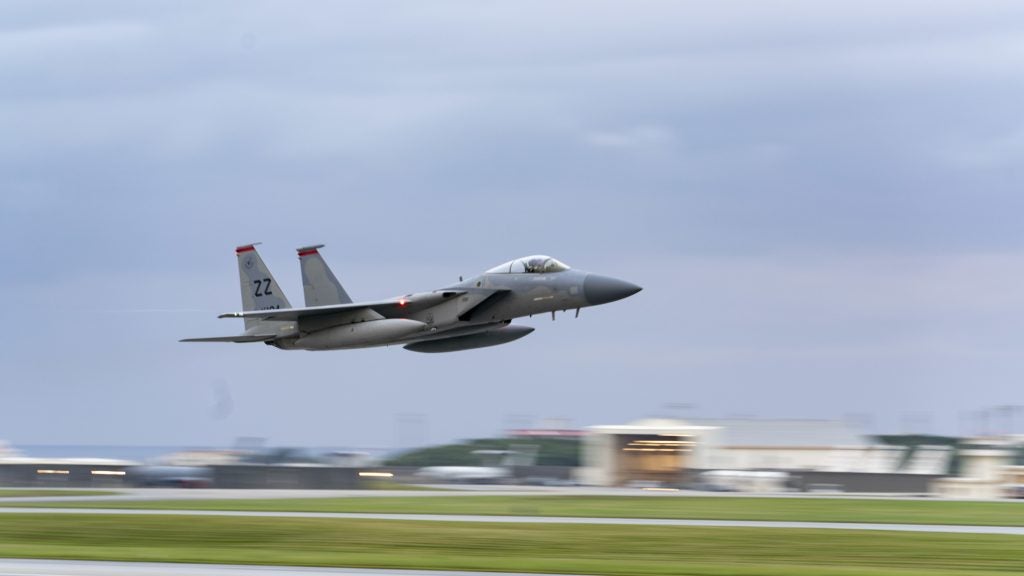First Batch Of F-15Cs Leave Okinawa
On the 1 November, eight U.S. Air Force F-15C Eagles took off from Kadena Air Base, Okinawa for the last time. These eight F-15C Eagles belong to the 44th and 67th Fighter Squadrons of the 18th Wing. The fighters are part of the first batch of aircraft to be withdrawn from the 53 F-15C/Ds based out of Kadena Air Base, with more to follow.
According to the press release, the first batch of aircraft to be withdrawn will fly to Kingsley Field Air National Guard Base, Oregon. From there some of the aircraft will be sent to the 309th Aerospace Maintenance and Regeneration Group (AMRG) for long-term storage, while others will continue to serve with various Air National Guard units.
News about the Air Force’s withdrawal plan for the fighters in Okinawa came to light on the 27 October. According to the information provided by the Air Force, the withdrawal is part of the service’s modernization plans as it phases out these aging aircraft and brings their 40-year permanent presence on Okinawa to an end.
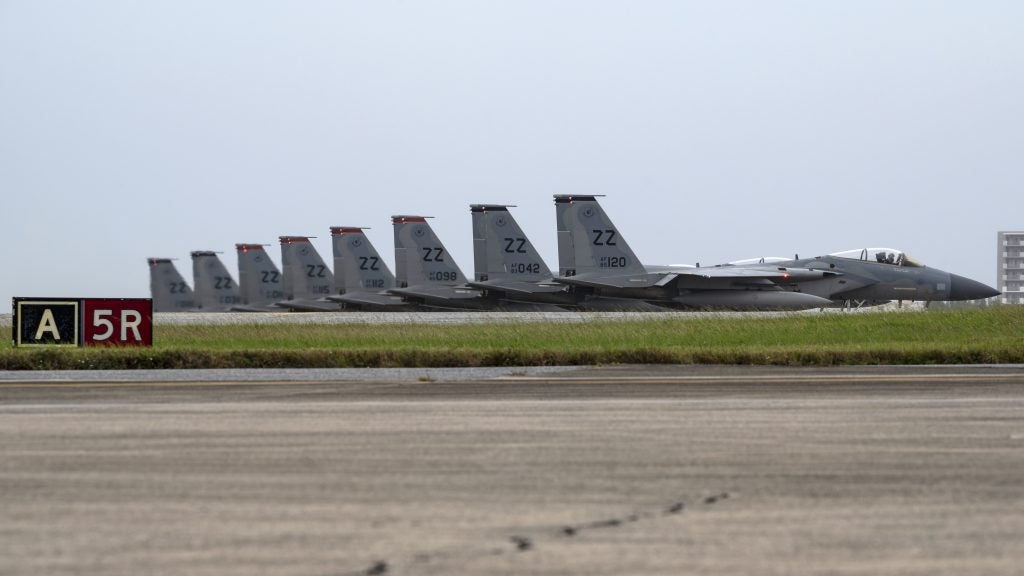
“This is the beginning of a significant journey for the 18th Wing,” said Brig. Gen. David S. Eaglin, 18th Wing commander. “This is going to take us from where we are today to a better place in the future where we will have modernized fighters here at Kadena to better protect our allies and ensure a free and open Indo-Pacific.”
In place of these fighters, the Air Force plans to send its fifth-generation F-22 Raptors on a rotational deployment that might last 6 months. These F-22s will come from Joint Base Elmendorf-Richardson, Alaska, which is home to 47 F-22 Raptors of the 3rd Wing’s 90th and 525th Fighter Squadrons. The F-22s from the 3rd Wing regularly deploy to Kadena and Anderson Air Base for training with Japan’s Air Self-Defense Force alongside Marine Corps and Navy units.
“While I’m sad to see the F-15 go, it’s important to maintain an advanced fighter presence here in Okinawa,” Eaglin said. “Our adversaries have advanced and progressed since 1979 and we must do the same. I look forward to the future as we work through the challenges of divesting an airframe that served admirably as we modernize our defenses and evolve to the threats we face today.”
The China Threat
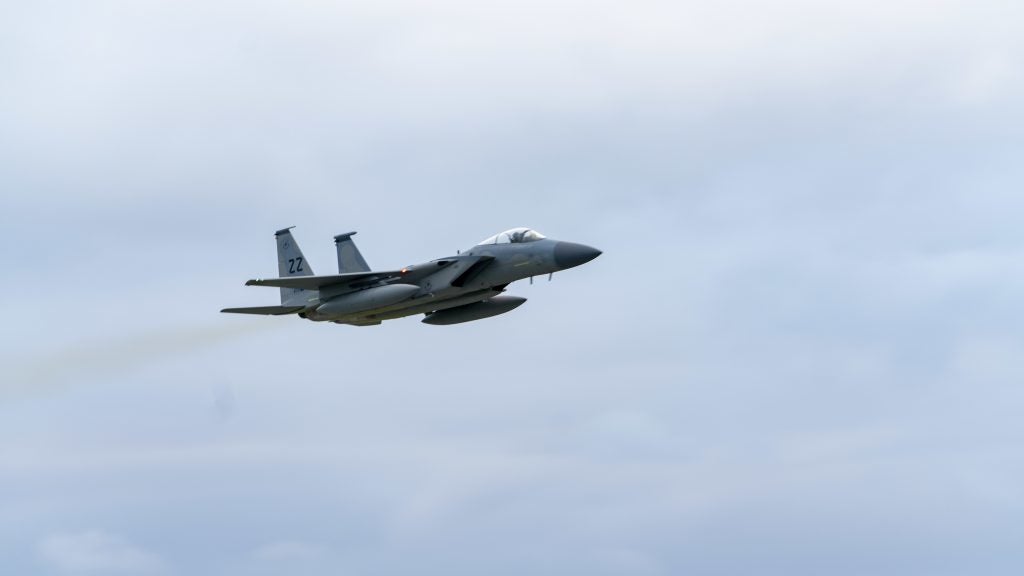
Beyond modernization, one of the other reasons for the withdrawal is believed to be the physical proximity of Okinawa to China. Both analysts and Air Force officials have stressed the vulnerability of Kadena to ballistic and cruise missile strikes in the event of a war over Taiwan. Kadena Air Base lies within striking range of the thousands of ballistic and cruise missiles in the People’s Liberation Army Rocket Force’s (PLARF) inventory.
Aside from the missile threat, there is also a threat from the People’s Liberation Army Air Force’s (PLAAF) growing inventory of modernized fourth and fifth-generation aircraft. To address this threat, the Air Force planned to replace its inventory of F-15C/Ds with 144 F-15EX Eagle IIs. This would have allowed the Air Force to field a more survivable variant of the F-15 out of Kadena, however, in recent months the Air Force has indicated its desire to slash its F-15EX order to 88 aircraft. This would preclude the possibility of a 1:1 replacement of the fighters in Kadena, as 88 aircraft is the number required to replace the F-15C/Ds in use with the Air National Guard.
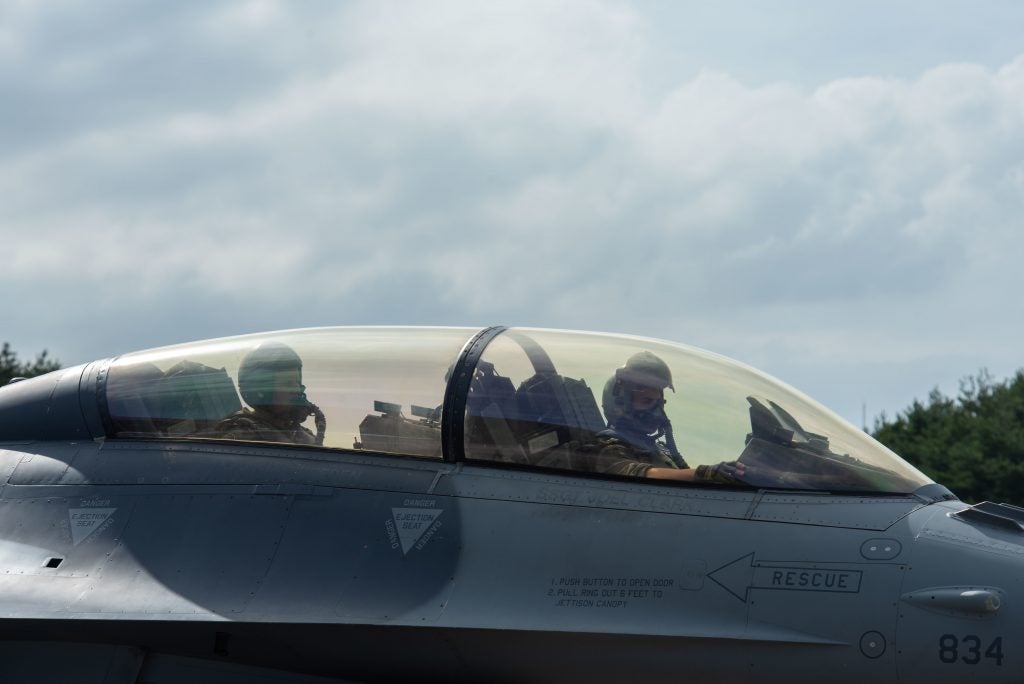
The Air Force’s plan for a “heel to toe” rotational deployment of F-22s is bound to create problems for the squadrons in Alaska. Aside from the reduced fighter presence in the state, it will increase the strain on an aircraft that is currently struggling with one of the lowest availability rates among the Air Force’s fighters.
Beyond Okinawa, the reach of China’s ballistic missile force extends to Guam, which is a critical hub for logistics and forward presence in the Pacific region. In 2020 the Air Force discontinued its 16-year continuous bomber presence on Andersen Air Base, opting instead for a “dynamic force employment” model. This would allow for a more unpredictable bomber deployment schedule, with the plan also involving bombers deploying out of various other bases in the Pacific region, such as Australia. To support this, it was recently reported that Tindal Air Base near Darwin, is undergoing an upgrade to allow for longer B-52 deployments.
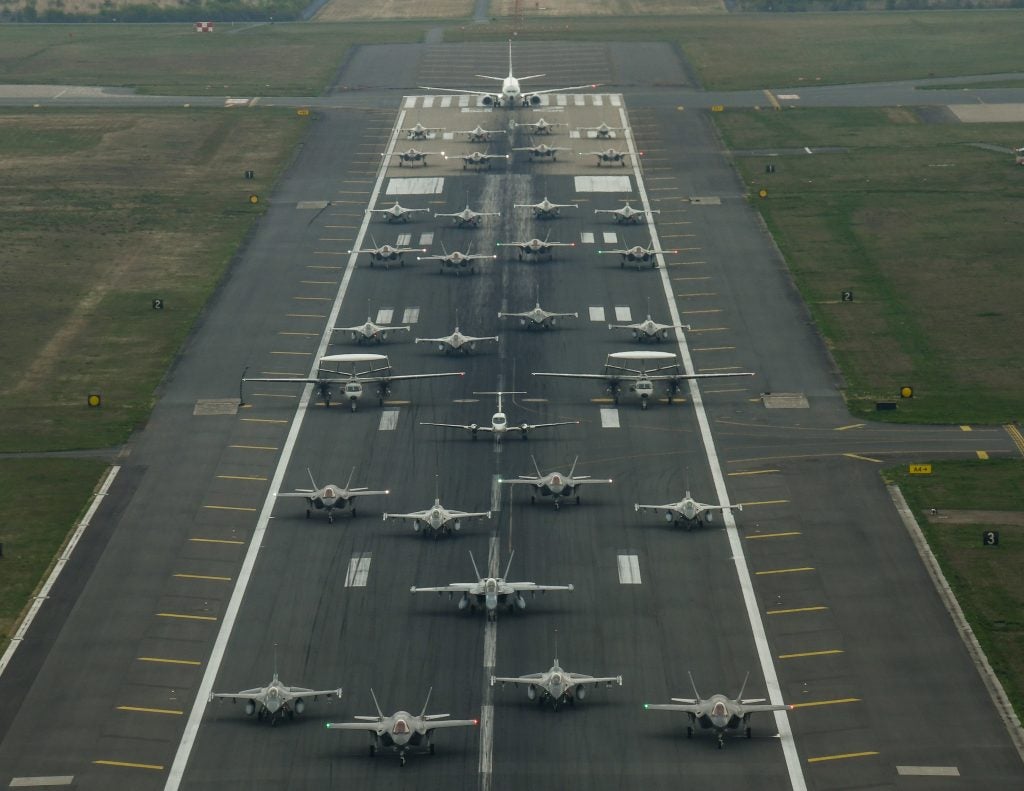
Even as the Air Force’s permanent presence comes to an end in Okinawa, the service will still maintain its presence at Misawa Air Base, which is located on the north end of Honshu. The bade is home to two F-16 fighter squadrons which belong to the 35th Fighter Wing. The Marine Corps and Navy have not announced any plans to alter their fighter aircraft presence in Japan.
Meanwhile in South Korea, the 8th and 51st Fighter Wings’ F-16 and A-10 squadrons will continue their presence in the country.

